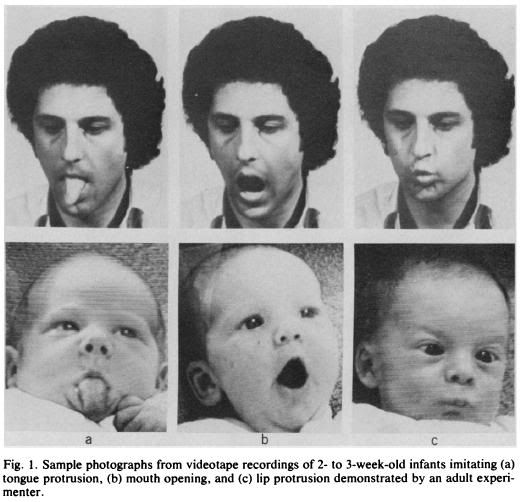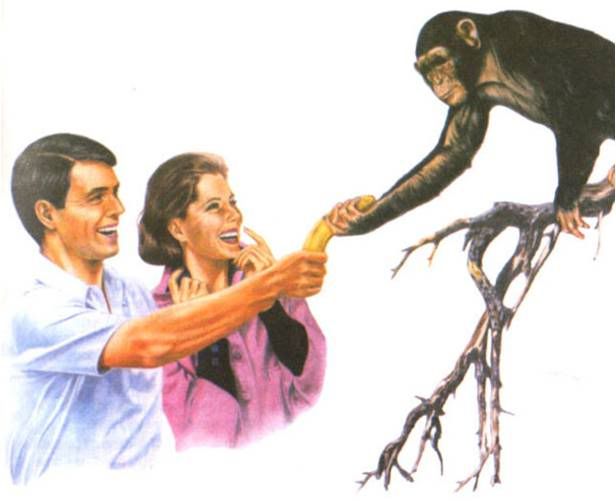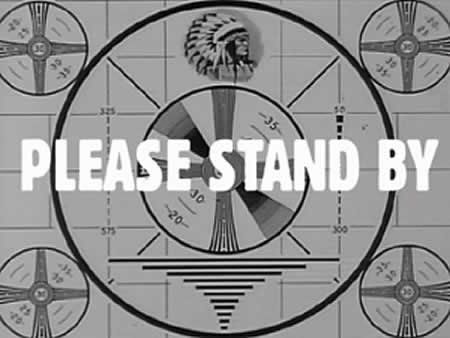- It's the first book dedicated to discussing the neuroscience of magic.
- I'm featured prominently within its pages.
While Amazon.com is processing your order, I encourage you to watch this segment from the PBS Horizon program.



Throughout the past decade Soma has developed a unique way of entertainment, which took him all around the world. His original phone-act, acclaimed by his peers as "magic as unique, and as original as it gets", appeared in gala-shows and magic conventions all around Europe, the United States and Asia. He has won many prizes in many countries.
The main objective of Soma's magic is to deliver an experience never seen before. A professional way of entertainment: That is the purest expression of what he does.
Shawn Farquhar has been entertaining audiences around the globe for over two decades. His magic has been seen on Television shows like the X-Files and Highlander, in Motion Pictures like Spooky House and the Fly II, for corporate clients like IBM and Konica, and on the most luxurious cruise vessels such as Norwegian Star and Radiance of the Seas.
The Canadian Association of Magicians awarded Shawn the MAGICIAN OF THE YEAR, the Pacific Coast Association of Magicians awarded him the GRAND PRIX D'HONNEUR and the International Brotherhood of Magicians awarded him both STAGE MAGICIAN and SLEIGHT OF HAND MAGICIAN OF THE YEAR, making him the ONLY magician in history to win BOTH world championships!
3 volunteers are brought onstage and requested to selected a dynamite looking firecracker. 4 are real and one is a dud ( he lights one to prove it - literally shaking the CNCC convention centre to its core with an enormous bang ) The volunteers each take one - the last spectator inadvertently providing the magician with incorrect information as to what number he has selected. With the magician now reaching for one of the remaining sticks ( using incorrect information as to what sticks remain ) - he places it in his mouth and begins to light it. Some members of the audience are horrified - not knowing whether to intervene to prevent a ghastly accident. A scream is heard and the magician's face is covered in blood ... he had planned it all and knew exactly which one to choose.
In this performance Julius Frack is manically dancing around his attic in an eccentric tail-coat, magically designing an exquisite dress for his mannequin. His thimbles move to the rhythm of the music and his scissors mysteriously float shaping his vision. With this act he won several awards in international contests and a high reputation in the world of magic. In 2005 the young magic pro’s new full-evening show “Imagi©nations” started on a tour around theatres in Germany.
Since 1997, Jeremy has made several milestones for himself. He won several local and international awards for his performances. Jeremy is the First and Only Magician in Singapore’s history to win the Singapore Association of Magicians “Magician of the Year” Award for 3 consecutive years! He made appearances on local and foreign television broadcasts, newspapers and magazines. He was also invited as special guest speaker, lecturer and consultant in Singapore and overseas.
There was one incident that was so unexpected it left the room literally in shock.After a contestant did an act featuring a travel theme where he gave a list of the countries he wanted to visit (which included Taiwan) a Chinese registrant leapt up from the audience, raced back stage and literally dragged the contestant back on demanding that he apologise because “Taiwan is not a country!!!”
Some of the other Chinese in the audience (including some of the cameramen) cheered, but the rest of the room sat with jaws gaping... and in one moment the beautiful veil of happiness FISM Beijing had woven over the last few days was ripped aside.
Semi-daily news and gossip on the worlds of magic and psychology brought to you from Magic Tony's secret lair in ASU's Memory & Language Lab.

Magic Tony's Grand Delusions. Powered by Blogger - BlackSplat design by SamK.
Converted to Blogger by Girly Blogger:)
